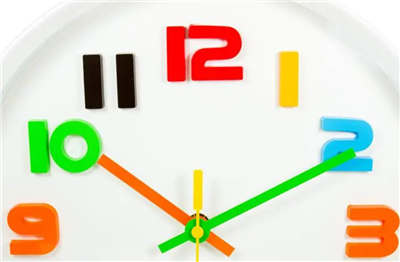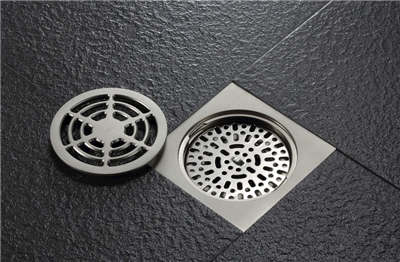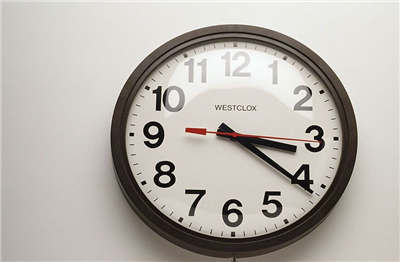prefer的用法及搭配 Preference and Its Usage
Preference is a common word used to express one's liking or favor towards a particular option or choice. It plays a crucial role in our daily decision-making process. In this article, we will explore the different ways to use \"prefer\" and its various collocations.
Firstly, \"prefer\" can be used to indicate a general preference for one thing over another. For example, when choosing between two types of cuisine, you might say, \"I prefer Italian food to Chinese food.\" Here, \"to\" is used to compare the two options.

Secondly, \"prefer\" can be followed by the infinitive form of a verb to express a desire or priority. For instance, consider the sentence, \"I prefer to stay at home and read a book rather than going to a party.\" In this case, the person prioritizes the activity of reading over socializing.
The verb \"prefer\" is also often used with the preposition \"over\" to compare two options. For example, \"Many people prefer watching movies over reading books.\" This structure emphasizes the choice of one option over the other.
In addition, \"prefer\" can be followed by the gerund form of a verb to express a continuous or ongoing preference. For instance, someone might say, \"I prefer jogging to going to the gym.\" Here, the preference for jogging implies a regular or habitual activity.

Furthermore, \"prefer\" can be used in the conditional form, expressing a hypothetical preference. For example, \"If I had to choose, I would prefer to live in a bustling city rather than a quiet town.\" In this case, the person is expressing a preference based on a hypothetical scenario.
When discussing personal preferences, it is common to use the phrase \"have a preference for.\" For example, \"She has a preference for classical music.\" This structure emphasizes an individual's specific liking towards a certain type or category.

\"Prefer\" can also be used with adjectives to express a preference based on qualities or characteristics. For example, \"I prefer the red dress to the blue one because it suits me better.\" Here, the preference is driven by the quality of suitability.
Moreover, \"prefer\" can be used in a negative form to indicate a lack of preference. For instance, someone might say, \"I don't prefer coffee; I prefer tea.\" This structure emphasizes the absence of liking or inclination towards a certain option.
In conclusion, the word \"prefer\" is a versatile verb that is commonly used to express personal choices and likings. It can be used with various prepositions, verbs, gerunds, and adjectives to convey different levels and types of preferences. Understanding the different ways to use \"prefer\" can help us articulate our choices more accurately and effectively.





